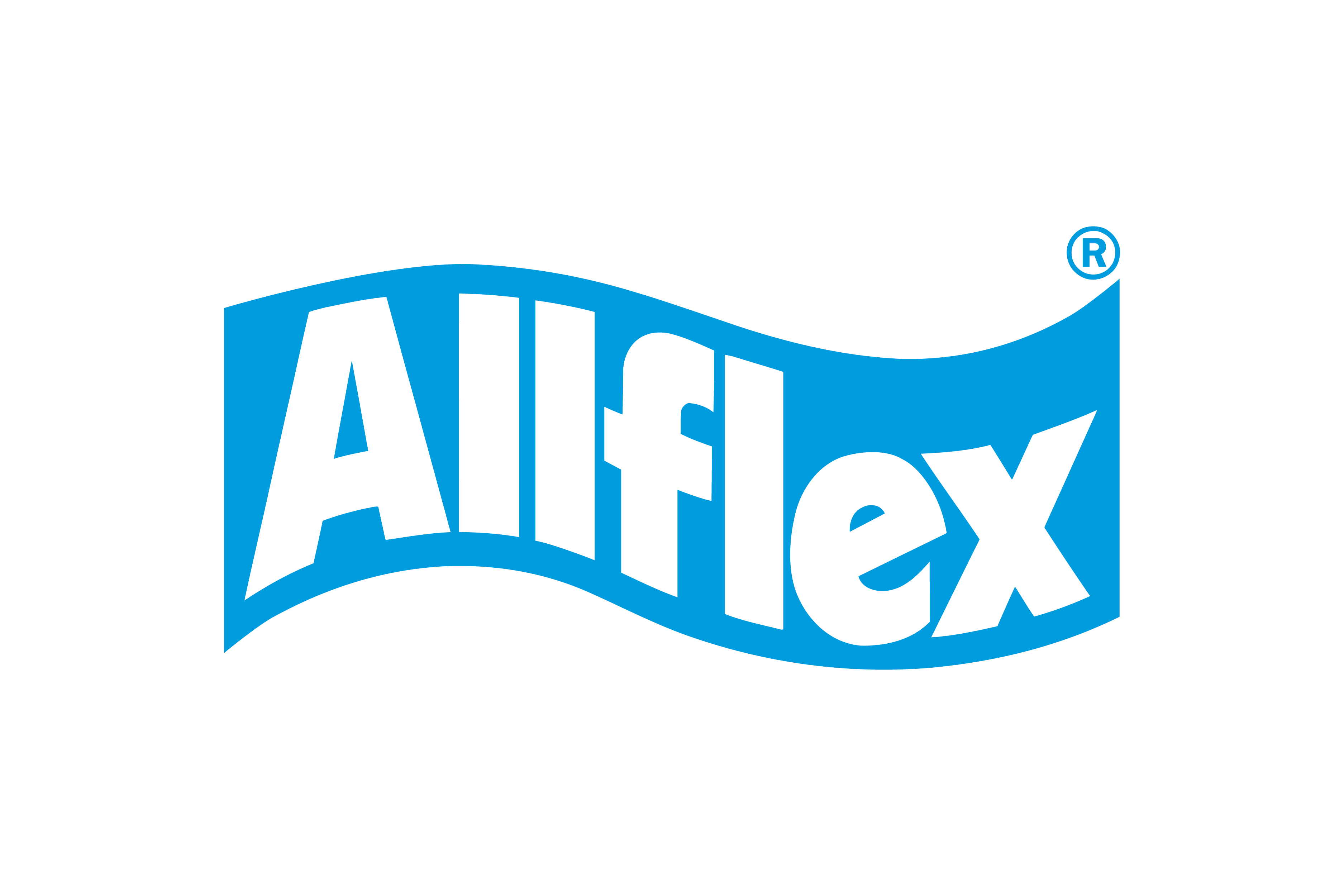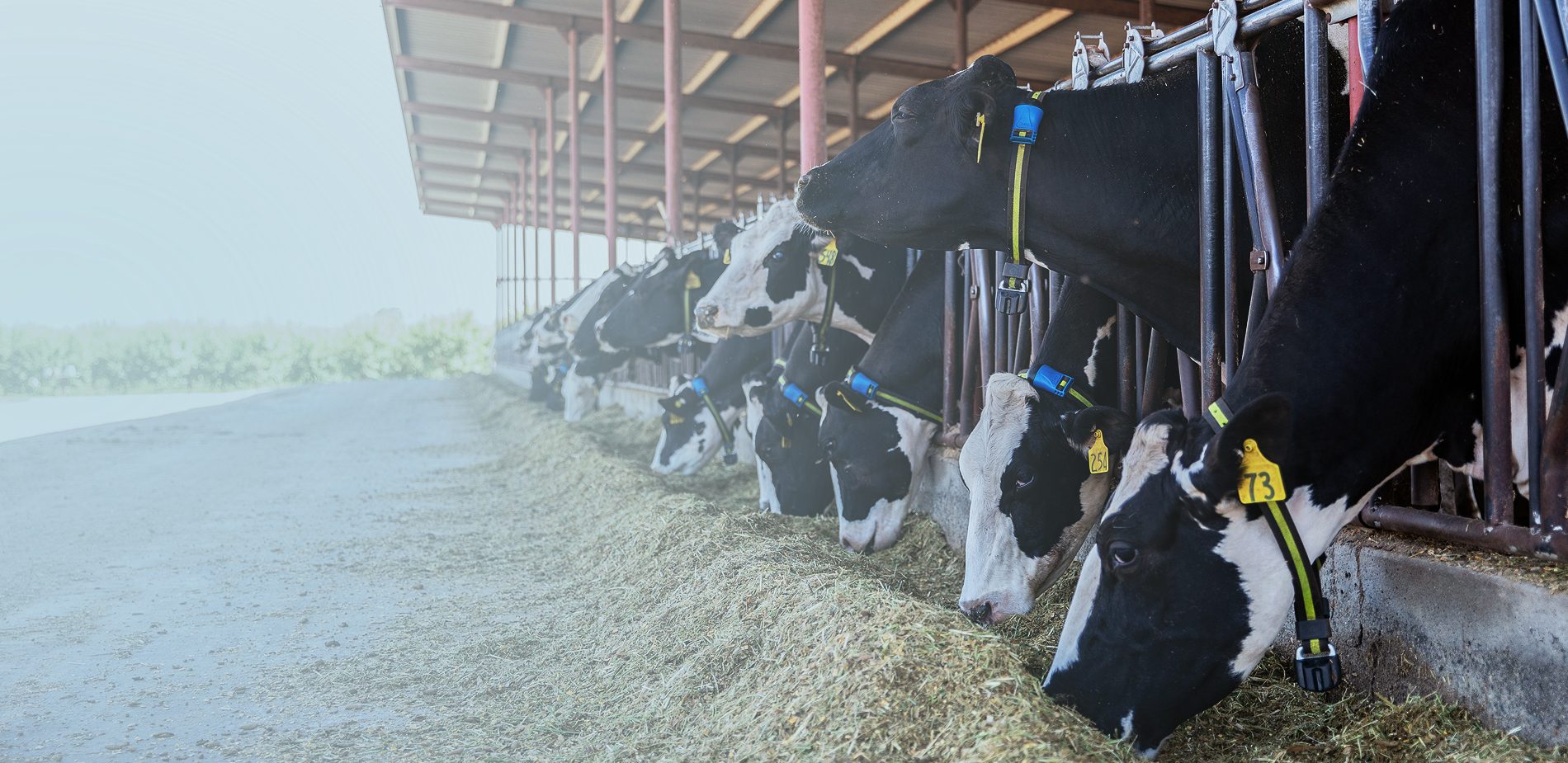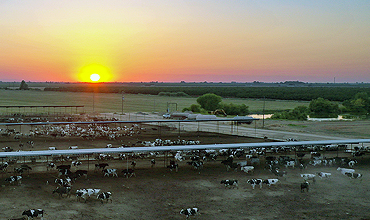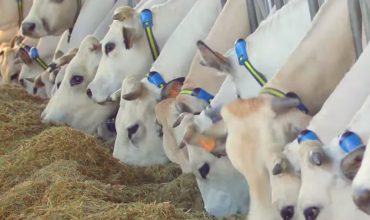Market is moving towards larger herds and fewer farms, and smaller dairy farms are consolidating with other farms to remain competitive.
What can dairy farmers do to stay competitive, given that today’s market is going through so many changes? One step that can have near-immediate effects is to adopt technologies such as advanced cow monitoring systems that track and monitor reproduction to optimize conception rates, reduce calving intervals, increase milk production, reduce skilled labor requirements, and save time. Such advancements in heat detection and breeding management in dairy cattle have become key to optimizing efficiency and profitability in a fluctuating dairy market.
Over the last few decades, the dairy industry has undergone some radical changes. The demand for dairy products is increasing rapidly due to factors such as a growing global population, the growth of new and massive markets, including China and India, a growing middle class, increased life expectancy, urbanization, and migration.
Facing fluctuating markets and prices caused by weather changes, global warming, depleting resources, a lack of professional workers, changing consumer trends, pressure to reduce environmental impact, geopolitical events, and more, many farmers are struggling to meet demand and stay afloat. As a result, the market is moving towards larger herds and fewer farms, and smaller dairy farms are consolidating with other farms to remain competitive.
Cow fertility has become critical to the success of dairy farming
These market changes have made cow fertility a critical factor in farms’ economic success. With this, accurate heat detection has become one of the biggest challenges that cattle farmers face – one that they spend a lot of time and effort trying to solve.
Traditionally, heat detection on cattle farms is done using one of three main methods.
- Visual observation. A very popular approach, visual observation involves farmers closely watching cows for specific signs of heat. But this method requires skilled labor, is time consuming, and is often inaccurate as farmers are not around to spot night-time heats and they also typically miss silent heats (when the cow doesn’t exhibit visible behavioral changes).
- Timed artificial insemination (AI) / synchronization by hormones (such as ov-sync). A protocol is used to give cows a series of hormone injections to bring on estrus. The cow is then artificially inseminated at a specific time or based on signs indicating heat. This method is invasive and stressful for the cow and interferes with her natural cycle. It is also labor-intensive, expensive, costing up to $15 per treatment per cow, and is often inaccurate. Additionally, with increasing consumer awareness about substances in their food. the market will likely become less accepting of food produced by cows treated with hormones.
- Tail paint. This method involves painting the base of the cow’s tail on a daily basis. The farmer then checks if the paint fades or disappears, indicating that the cow was mounted and is in heat. This involves putting the cows in locks every day, which is both time-consuming and disruptive to the cow’s daily routine. It also requires a trained professional who understands the process and is available to check the cows every day.
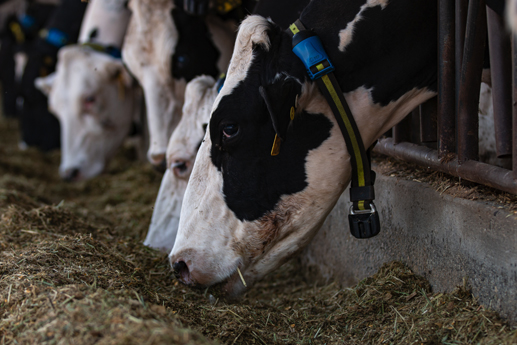
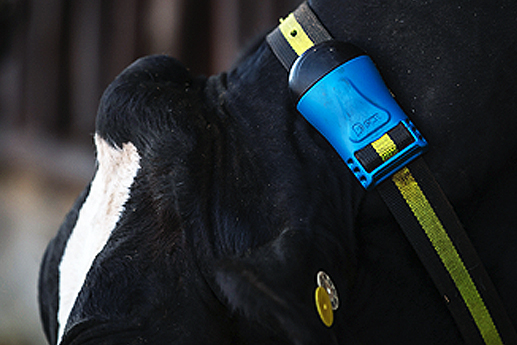
Adopting technology to close the gap
In order to overcome those challenges, dairy farmers are increasingly taking a business-centric approach to farming. Understanding that traditional heat detection methods are no longer sufficient, they realize that adopting technology is vital to increasing reproduction rates on dairy farms to meet increased demand with fewer resources.
An example of such technology is electronic cow identification and monitoring systems, which use ID tags and sensors to identify and continuously monitor individual animals from the time they are born. The collected information and insights can then be used by farmers to create a comprehensive strategy for producing more with the resources they already have, based on key performance indicators (KPIs) related to reproduction, animal health and mortality, feed conversion rate (FCR) productivity, energy efficiency, environmental impact, use of resources, and output.
Allflex helps farmers boost reproduction rates
Allflex offers smart, flexible, and modular cow monitoring systems that can be adjusted to meet the changing operational and business needs of dairy farms. These intelligent livestock monitoring systems – which include SenseHub™ and Heatime® Pro+ – track the behavior and activity of the cows and monitor their reproduction, health, nutrition, and overall wellbeing. All these parameters are important and often interdependent.
With Allflex heat detection and reproduction monitoring solutions, which provide an unmatched heat detection accuracy of around 90-95%, dairy farmers and beef breeders can eliminate the guesswork and inconsistency involved in the evaluation of the reproductive status of every individual heifer and cow on their farm. By leveraging the fact that cows are naturally routine animals, these solutions enable farmers to track cow behavior based on activity, rumination, eating, and other proprietary key cow behaviors. A behavioral pattern is then created for each individual cow, and its activities are continuously monitored and compared to this baseline to detect and flag any changes.
This information is a powerful tool for farmers, and it can help them overcome typical scenarios that make accurate heat detection challenging, such as night heats, silent heats, and short heats. With Allflex reproduction monitoring systems, farmers can significantly reduce or even eliminate the risk of missing a calving interval, and the economic impact that entails. These systems detect weak heat signs, help to avoid AI during false heats, and provide precise insemination timing guidance, improving the cost-effectiveness of AI. Along with helping farmers optimize their conception rates, these systems also reduce skilled labor requirements and save farmers precious time in heat detection and other cow management tasks.
In addition to increasing the efficiency and profitability of the farm by reducing the calving interval, improving milk production, and reducing involuntary culling, these reproduction monitoring systems also have a positive impact on cow welfare. With accurate heat detection, farmers can reduce their use of hormones and other methods that disturb the cows’ routine. Moreover, they can detect, treat, and manage any risks to reproduction on the farm, including irregular heats, suspected abortions, anestrous cows, and cystic cows, that may lead to economic loss and unplanned culling.
Because dairy farmers can be in two places at once
Traditionally, dairy farmers needed to be with their cows all the time. Today, with the help of Allflex electronic reproduction monitoring systems, farmers can adopt an integrated approach that combines being hands-on when needed with the ability to take a step back and still remain connected to everything happening on the farm. Using their smart phones, PC or any device they prefer, farmers can get access to all the information they need in real time. So even if they are away, spending time with their family, strategizing about future business opportunities, or attending a trade show – it’s as if they are still right there with their cows.
Need help finding the best cow monitoring system for your specific cattle farming needs? Contact us at Allflex and we’ll help you customize the best solution for you and your cows.
"*" indicates required fields
